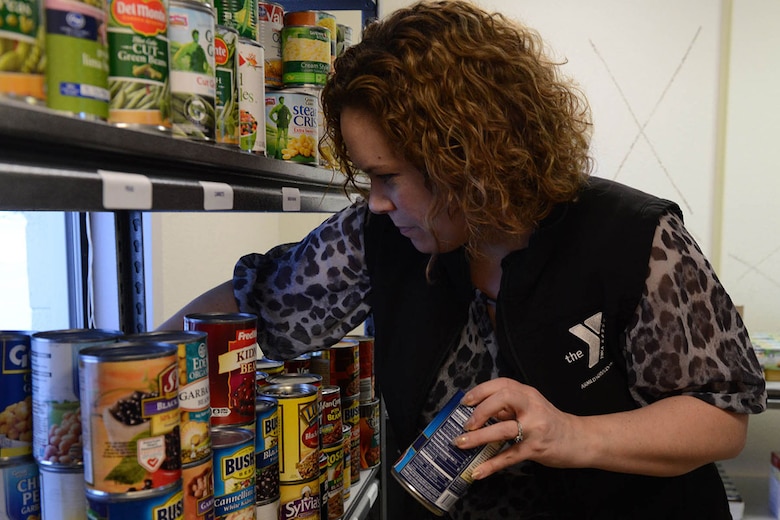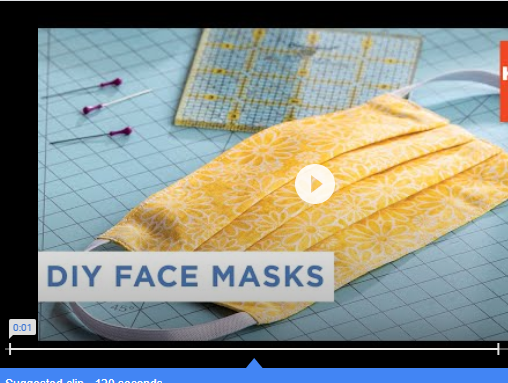
If you can tune out the noise of the widespread panic around the new coronavirus, the advice from the World Health Organization (WHO) on how to protect yourself from COVID-19 is simple: stay home if you’re sick, don’t get too close to anyone who’s coughing or sneezing, wash your hands a lot, and stop touching your face so much. But honestly, that last bit of advice is often easier said than done.
While the coronavirus spreads primarily through close contact with infected people, per the Centers for Disease Control and Prevention—that means via respiratory droplets produced when someone with the virus coughs or sneezes—the virus can also spread through contact with contaminated surfaces. That’s where not touching your face so much comes in handy, since it’s possible to pick up COVID-19 after touching something an infected person touched, then touching your own eyes, nose, or mouth, Debra Jaliman, MD, board-certified dermatologist and American Academy of Dermatology spokesperson tells Health.
If you’ve read this far without touching your face, great job. Here are some expert tips to help you go a little longer.
Face-touching is often subconscious behavior, which means people do it without even being aware of it. If you want a number, you probably touch your face around 23 times an hour, according to the Association for Professionals in Infection Control and Epidemiology (APIC). Even health experts have trouble not touching their faces. Case in point: Sara Cody, the public health director of Santa Clara County, California, who went viral last week when she licked her finger only moments after urging the public not to touch their faces to help prevent contracting COVID-19.

 • Spread out carbohydrate into 3 meals each day and 1–2 snacks, if needed.
• Spread out carbohydrate into 3 meals each day and 1–2 snacks, if needed.



